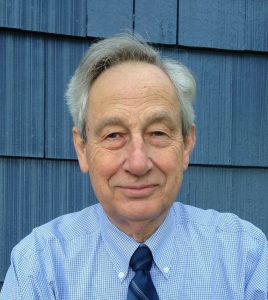
Reflections on Suzanne Briet
Abstract:
Firstly, the origins of my interest in Suzanne Briet and the significance of Briet’s manifesto Qu’est ce que la documentation? (1951) for (1) The concept of “document,” making the many uses of the word “information” more clear, the physicality of information, and the development of ‘document theory’; and (2) Motivation to examine the history, especially the intellectual history, of Information—Documentation science.
Biography offers a good entry to history: Practical, feasible through the use of writings, and interesting, e.g. Suzanne Briet, Paul Otlet, Emanuel Goldberg, and Lodewyk Bendikson. But more is needed to understand context (social, intellectual, technical) and influences. Examples from Briet’s writings, especially allusions in her manifesto (Qu’est ce) and in her cryptic autobiography, can illustrate the difficulties.
Secondly, commentary on the three parts of Qu’est ce la documentation? Part I: Une technique du travail intellectual as a theme. Briet’s antelope as a document and the development of document theory: Objects as documents; documents by intention and by attribution; “made as” and “made into”; and documents as evidence. Part II. Une profession distincte. Document theory, documentation studies, and i-schools. The dual roles of the documentalist: Personal (direct) help and developing helpful systems (indirect help). Part III: “Une nécessité de notre temps.” The broader context of documentation as social engagement.
Lastly, Briet’s other activities, including the 1937 Paris Congress, Briet in retrospect, and the colloquium theme in prospect.
Biography
Michael Buckland is Emeritus Professor in the School of Information at the University of California, Berkeley. Born and educated in England, he studied History at Oxford and Librarianship at Sheffield. He has worked as a librarian, researcher, and administrator in England and, since 1972, in the USA. He served as Dean of his School at Berkeley from 1976-1984, as coordinator for library planning for the nine-campus University of California system 1983-1987, as President of ASIST in 1998, and Co- Director of the Electronic Cultural Atlas Initiative since 2000. He has written extensively on library management, on improved search support in the humanities, and on the history and theory of documentation. His most recent book is Information and Society (MIT Press, 2017), a concise introductory analysis for non-specialists. Earlier publications include Information and Information Systems (1991), Redesigning Library Services (1992), and a biography, Emanuel Goldberg and his Knowledge Machine (2006).